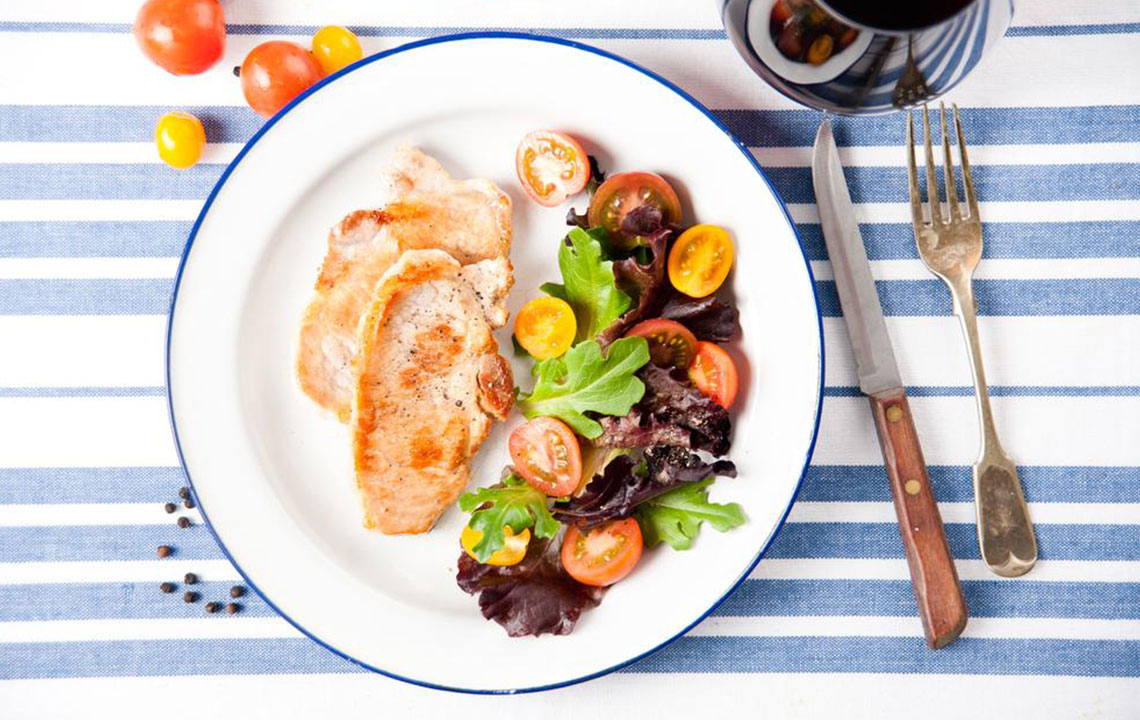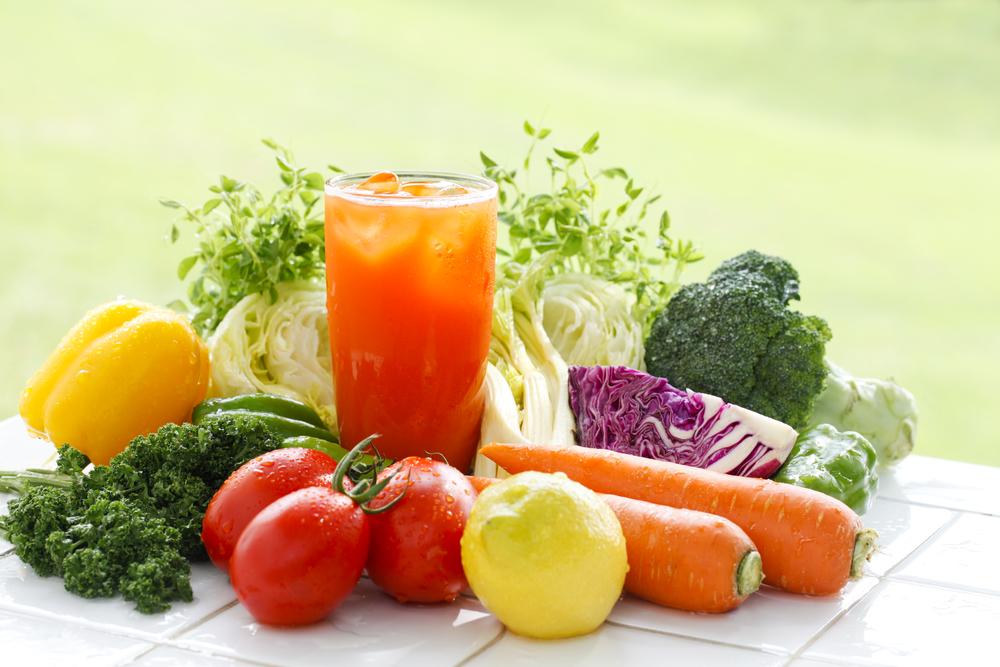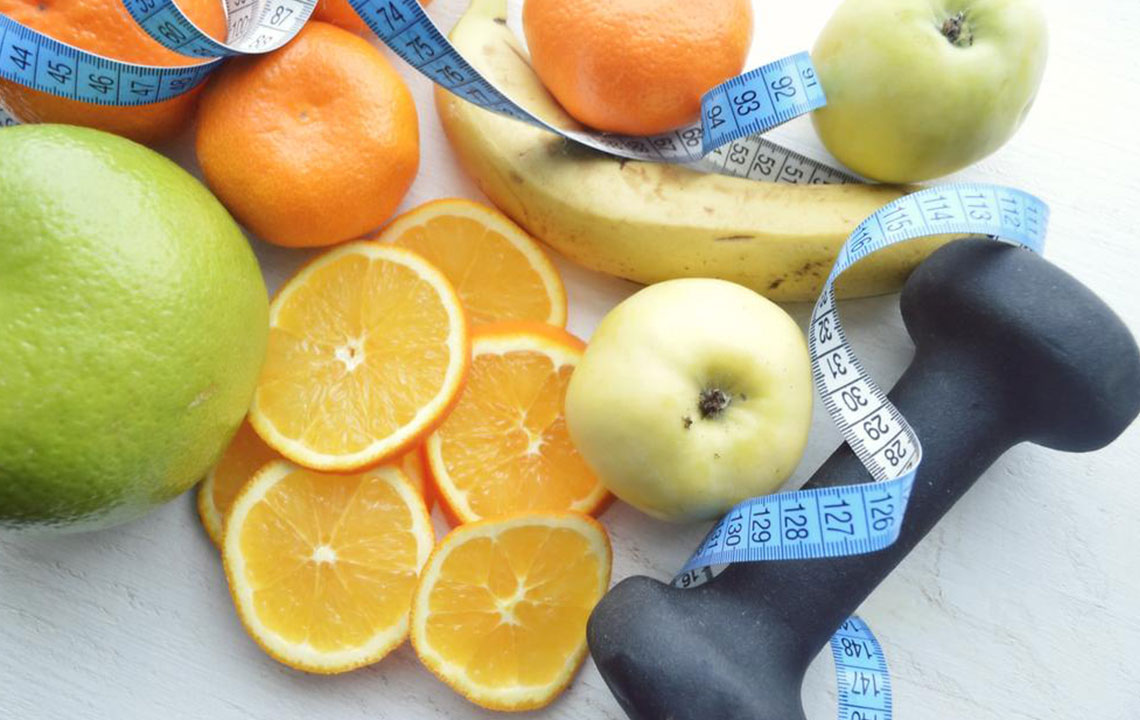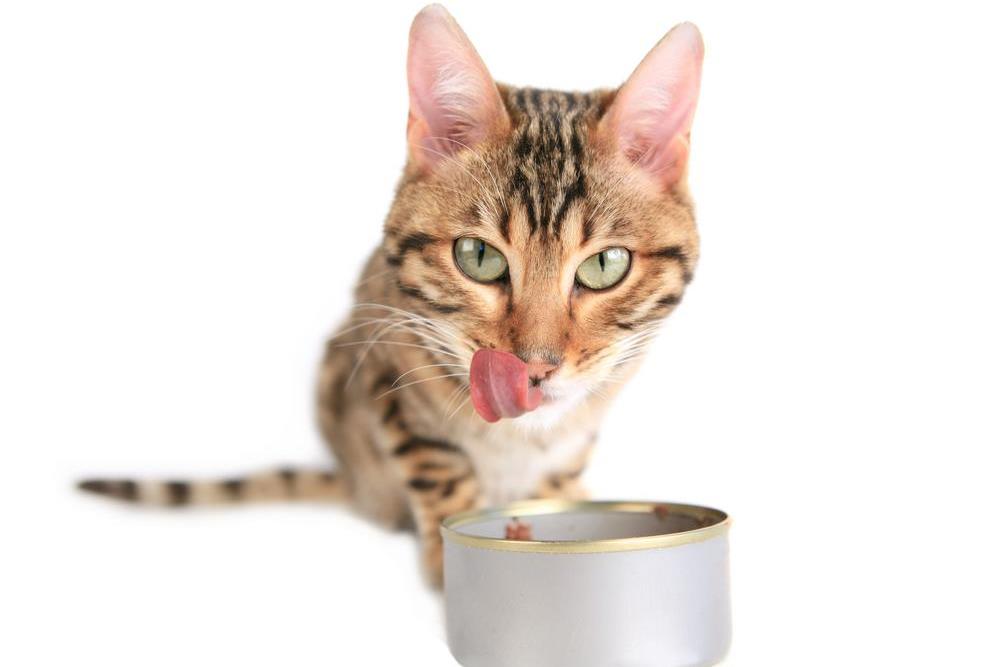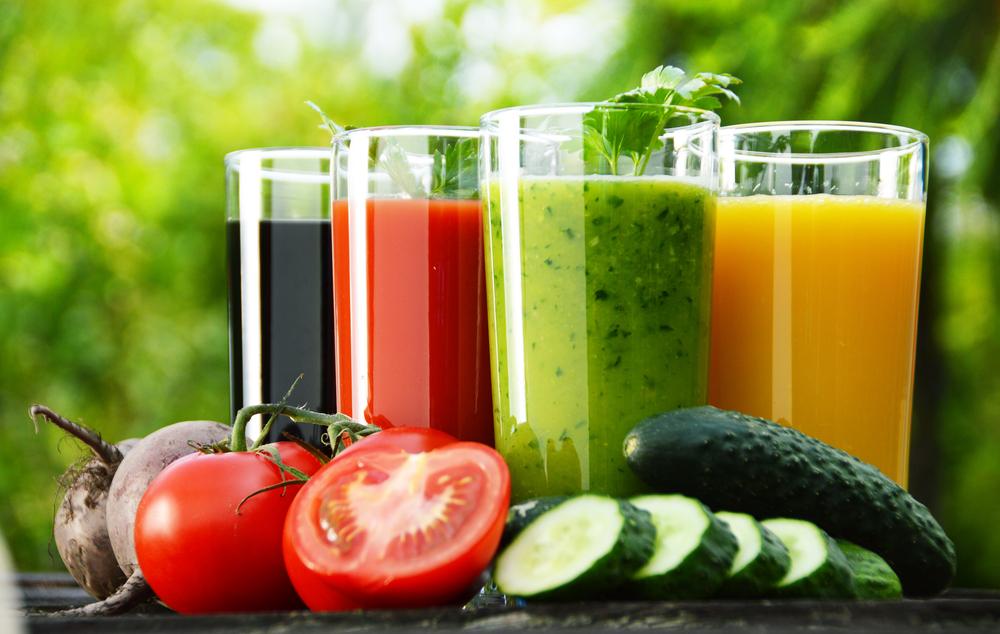A Comprehensive Guide to Paleolithic-Inspired Healthy Weight Loss Strategies
Discover effective weight loss through a Paleo-inspired diet emphasizing natural, unprocessed foods. Learn which foods to include, what to avoid, and how to tailor the diet to your preferences for improved health and vitality. This detailed guide covers everything from core principles to practical tips for sustainable eating, making it an excellent resource for anyone interested in holistic weight management and health optimization inspired by our ancestors' eating habits.

Transform Your Body with Paleo Diet Recipes Tailored for Effective Weight Loss
Adopting a diet inspired by our ancient ancestors can revolutionize your approach to weight management and overall health. The Paleolithic diet, often called the Paleo diet, emphasizes consuming natural, unprocessed foods that mimic the diet of early humans. This nutritional philosophy is built around the idea that our bodies are better suited to the foods available during the Paleolithic era—namely, meats, fish, vegetables, nuts, and healthy fats. Incorporating these foods into your diet not only aids in shedding excess weight but also promotes improved vitality and resistance to modern health ailments such as diabetes, obesity, and cardiovascular diseases.
Understanding the core principles of a Paleo-inspired diet can help you make sustainable dietary choices that foster weight loss and long-term well-being. This comprehensive guide explores what constitutes a Paleo meal, what to include and avoid, practical tips for adherence, and the science behind its health benefits. Whether you are new to this diet or seeking to optimize your current eating habits, this article provides valuable insights to help you achieve your health goals effectively.
The Paleolithic diet draws inspiration from the eating habits of early humans, who relied on food sources available in their natural environment. These humans consumed diets rich in proteins from animal sources, alongside plant-based carbohydrates, nuts, and seeds. Modern adaptations of this diet allow for flexibility to suit individual nutritional needs and taste preferences, making it a sustainable and enjoyable way to improve health while promoting weight loss.
When following a Paleo plan, it's crucial to understand which foods align with its principles and which ones should be avoided entirely. The foundation of a successful Paleo diet lies in eating whole, unprocessed foods—primarily fresh meats, seafood, vegetables, nuts, and healthy oils—while steering clear of processed foods, refined sugars, grains, and certain oils. Emphasizing these choices can lead to significant health benefits, including better weight management, reduced inflammation, and enhanced energy levels.
Essential Components of a Paleo Diet
To adhere to the Paleo eating style, you should eliminate or significantly reduce consumption of foods that are processed, high in refined sugars, or contain additives. Here are key foods to avoid:
Sugar-laden products such as high-fructose syrups, candies, baked goods, and ice creams.
Grains, including wheat, barley, rye, and products derived from them like bread, pasta, and cereals—especially problematic for those with gluten sensitivities.
Legumes, such as beans, lentils, and peanuts, due to their high lectin content and potential antinutrients.
Dairy products, particularly those that are low-fat or processed. Full-fat cheese and butter are exceptions often included in Paleo diets.
Vegetable oils like soybean, corn, safflower, and processed margarines, which often contain trans fats and other unhealthy fats.
Artificial sweeteners such as saccharin, sucralose, and aspartame—prefer natural alternatives like honey or fruit forms.
To ensure compliance, always scrutinize ingredient lists on packaged foods and prefer whole, fresh ingredients whenever possible. This practice helps maintain the integrity of your Paleo lifestyle while minimizing exposure to hidden additives.
Foods You Can Safely Enjoy on a Paleo Diet
The Paleo lifestyle encourages a wide variety of nutrient-rich foods. Here are some key categories:
Meat: Grass-fed beef, lamb, pork, free-range chicken, turkey, and game meats.
Seafood: Wild-caught salmon, trout, shellfish, shrimp, crab, and other marine life rich in omega-3 fatty acids.
Eggs: Pasture-raised or omega-3 enriched eggs provide healthy fats and proteins.
Fruits and Vegetables: All seasonal and organic produce, including leafy greens, peppers, carrots, pumpkin, tomatoes, and more.
Root Vegetables: Sweet potatoes, yams, turnips, and potatoes—enhance variety and fiber intake.
Nuts and Seeds: Almonds, walnuts, sunflower seeds, pumpkin seeds, macadamia nuts, providing healthy fats and protein.
Healthy Oils: Extra virgin olive oil, coconut oil, avocado oil, used in moderation to prepare meals.
Spices and Herbs: Fresh ginger, garlic, turmeric, rosemary, thyme, and natural sea salt enhance flavor and provide antioxidant benefits.
Occasional indulgences such as small amounts of red wine or dark chocolate are often permissible, adding enjoyment to the diet without compromising health goals. Embracing the Paleo lifestyle can unlock numerous health benefits, from weight loss to reduced inflammation and better metabolic health.
